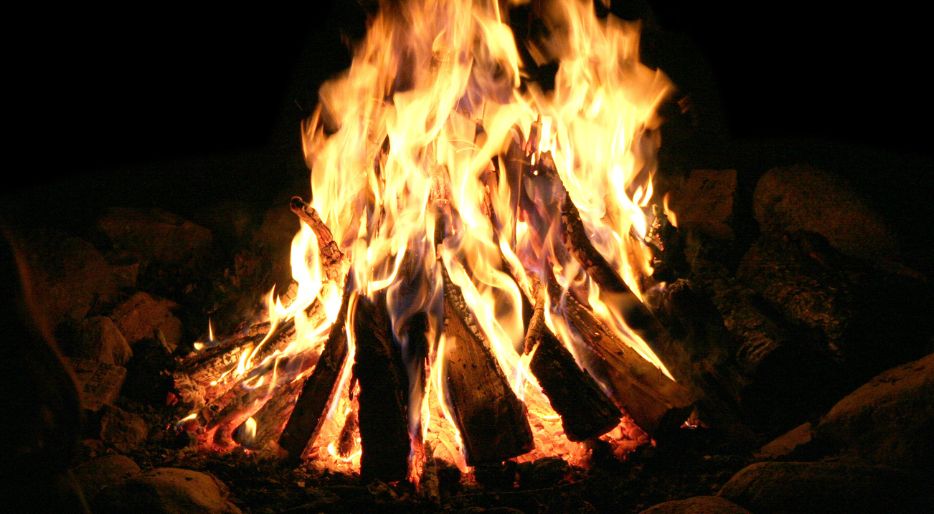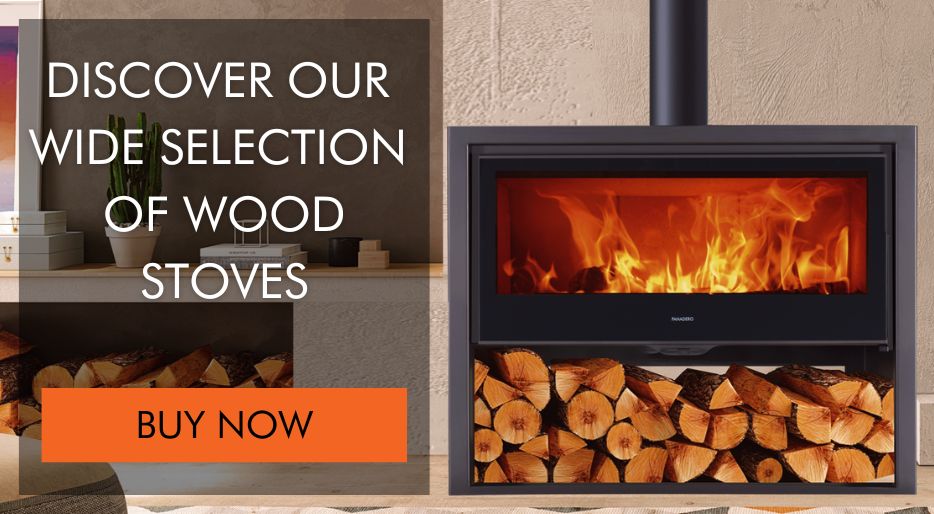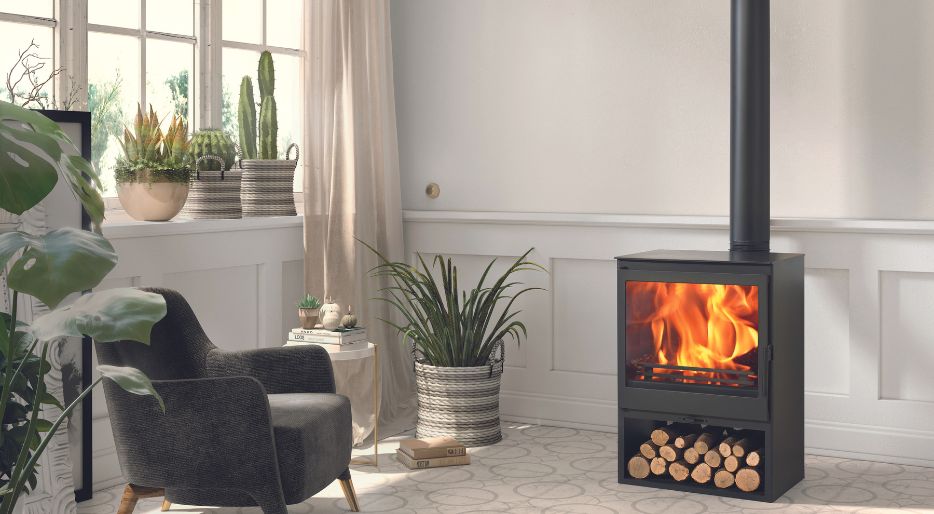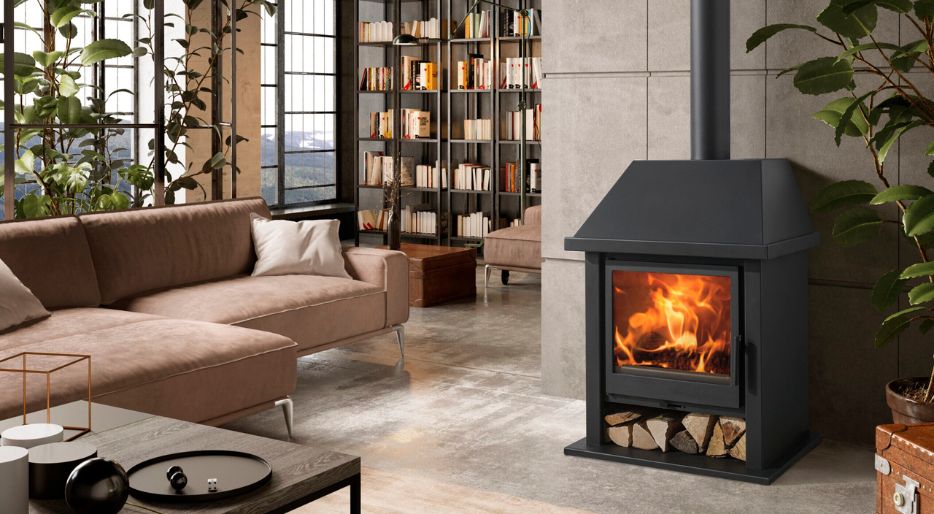Heating is a basic need in any home, and throughout history there have been many ways to achieve it. One of the oldest and most effective solutions has been the use of wood-burning fireplaces.
In the Middle Ages, fireplaces became a fundamental part of any home, not only as a source of heat, but also as a place of gathering, culture and a symbol of community.
In today’s post, we’ll explore the importance of fireplaces in the Middle Ages and how they came to revolutionize the homes of the time. Plus, we’ll take a look at how fireplaces have adapted to modern times… Join us on this journey through time!
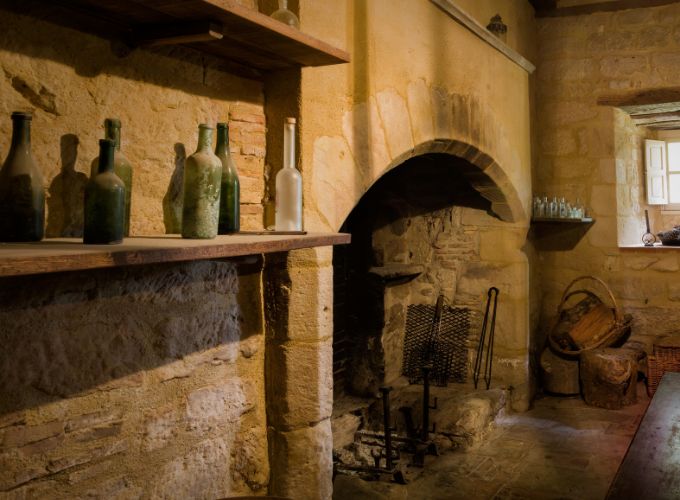
Fireplaces in the Middle Ages
The Middle Ages was a historical period that lasted from the 5th to the 15th century. It is a period characterized by a system of hierarchies and an agrarian and feudal economy. During this period, the majority of the population lived in small rural communities and life was centered around the church and the feudal lord’s castle.
Houses in the Middle Ages were simple and modest constructions. They were made of natural materials and in many cases lacked basic services. In a cold and humid climate like that of medieval Europe, heat became an imperative necessity for survival. In this context, wood-burning fireplaces became a vital solution to keep people warm during the winter months.
Fireplaces at this time were built into the walls of houses, with an opening for the smoke to escape. They were fueled with wood, branches or even animal dung.
The importance of fireplaces at this time lay not only in their heating capacity, but also as a place of gathering and social exchange in medieval homes. The fireplace became the center of life in the home.
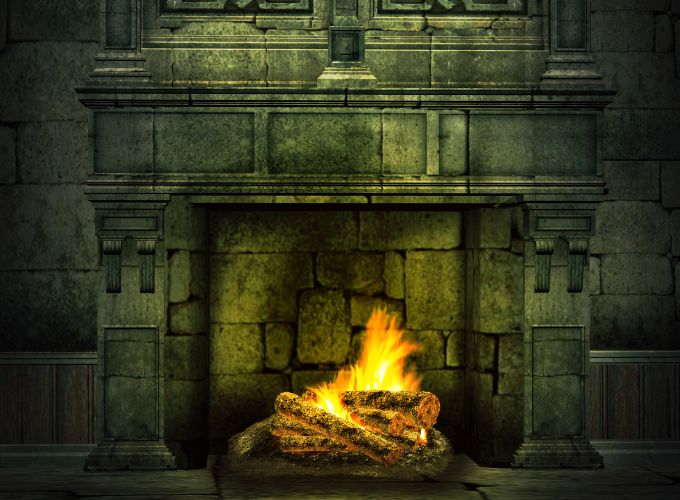
How wood-burning stoves improved homes in the Middle Ages
Although fireplaces were an effective solution for keeping people warm during the winter months, they also had their limitations. These fireplaces were inefficient and required large amounts of wood to keep the fire burning.
It was during the Renaissance that a revolution in wood-burning stove design occurred. In the 16th century, the Italians developed a new form of stove, which featured a more efficient and safer design. These new stoves were characterized by a closed combustion chamber, which allowed the fire to burn more efficiently and reduced the amount of smoke and ash.
The wood stove revolution spread quickly throughout Europe, and the new stoves became a common feature in homes of the time. Wood-burning stoves were constructed from a variety of materials, including cast iron, pottery, and brick, and became a popular and effective solution for heating homes during the 17th and 18th centuries.
The fireplace in culture and community
In addition to being a source of heat in medieval homes, fireplaces also played an important role in the culture and community of the time. In many homes, the fireplace became the social center of the house, where families gathered to talk, tell stories, and spend time together.
In the literature and popular culture of the time, fireplaces also played a prominent role. In many medieval stories and legends, the hearth became a meeting place for important characters. For example, in the play “Life is a Dream” by Calderón de la Barca, the fireplace is described as a meeting place for the main characters.
In medieval poetry, fireplaces are also frequently mentioned as a symbol of home and community. In the poem “Sir Gawain and the Green Knight,” for example, the hearth is described as a place of warmth and safety in a dangerous and hostile world.
In addition, in many medieval households, fireplaces were also used for cooking. Families cooked their meals on the hearth, which contributed to its central role in community life.
Wood-burning fireplaces today
Despite the advancement of technology and the emergence of new forms of heating, wood-burning appliances remain popular today. Unlike medieval fireplaces, modern wood stoves are more efficient and less polluting. These stoves are designed to provide an effective and economical heat source for modern homes.
Modern wood-burning appliances use advanced technology to improve their efficiency and reduce the emission of pollutant gases. These stoves have ventilation systems that optimize air flow and wood combustion, making them more efficient and reducing the amount of smoke and waste emitted. In addition, they are designed to use wood more effectively, which means that less wood is needed to produce the same amount of heat.
Another advantage is that they can be seamlessly integrated into the décor of a modern home. Some even have additional features, such as a panoramic glass screen, which allows users to enjoy the fire while sitting in the comfort of their home.
Final thought
Today, this form of heating continues to be a popular choice for our homes. These appliances have evolved to be more efficient and less polluting. However, this does not mean that we should forget their history and cultural importance. By remembering the history of wood stoves, we can appreciate how these tools have influenced our culture and society over time.
In short, fireplaces and wood stoves are more than just heating tools: they are objects with a long history and a profound impact on culture and society. As such, it is important to recognize their legacy and their evolution to the present day.
Visit our online store for Panadero wood stoves. If you have any questions or need help choosing the right stove, don’t hesitate to contact us. We will be happy to help you.
Articles of interest:
- The symbolism of wood-burning fireplaces in different cultures and epochs
- Wood-burning fireplace: the perfect element to strengthen social relations
- Wood-burning stoves: a fundamental element in history and culture
- The most famous chimneys of cinema
- Chimneys and legends: The scarecrow-witch in the chimneys of Aragon, Spain
- “Fire Therapy”
Did you like this article? If so, help us spread it 😊 . Click on the buttons below here and feel free to share it on your social networks!
Thank you for reading!
↓ ↓ ↓ ↓
